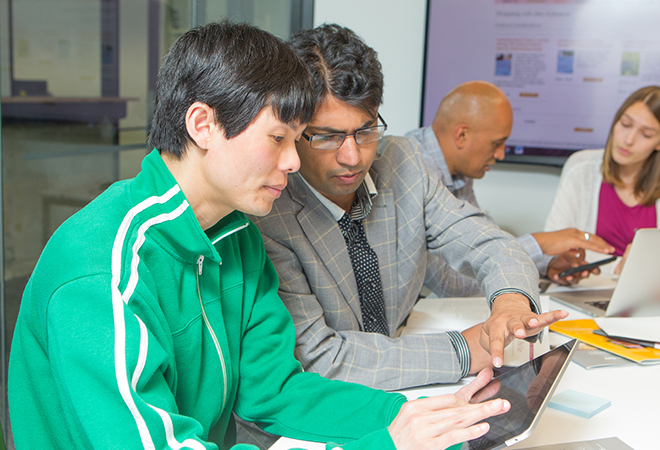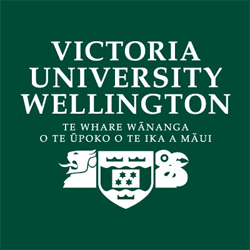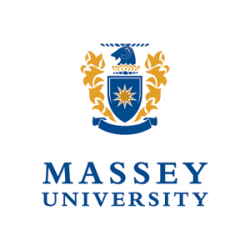
Teaching Practicum in 21st Century New Zealand
Status
Completed: 8 March 2011
Project Details
A project, completed in 2011, to examine the learning experience of student teachers and their mentors during practicum to enable the development of models for practicum appropriate for 21st century New Zealand teacher education programmes. A collaboration of Victoria University of Wellington and Massey University.
Aims:
The main aims of the project were to:
- identify factors which contribute to successful learning on practicum
- identify structures and processes which maximise the learning experiences of student teachers during practicum
- develop a practicum model relevant to the New Zealand context in the 21st Century.
Methodology:
The project used a mixed methods approach involving:
- a review of the literature
- an online survey of students, their associate teachers and visiting lecturers
- a cross-section of student teachers completing a weekly reflection on their key learning moments, links made to academic study, mentoring, and support
- open-ended semi-structured interviews of the student teachers and their associate teachers at the conclusion of the practicum.
:
Team

Louise Starkey
Project Leader
Victoria University of Wellington
Peter Rawlins
Massey UniversityStatus
Funding
$9,780.00 (excl GST)
Key Findings
The key findings from the project included:
- The student teachers in this study were able to draw together their emerging academic knowledge with their experiences on practicum. The participants surveyed reported that they did make links to their study at university while on teaching practicum. They drew on what they had learnt through independent study tasks and also drew on learning they had attained through university-based assessment tasks.
- The relationship between the student teacher and associate teacher was an important aspect of the mentoring dimension in the practicum experience. The relationship can be characterised as one of mutual respect, with both the student teachers and the associate teachers identifying to a high degree that their knowledge and skills were valued by the other partner. Student teachers were generally given the responsibility for planning for learning and this trust in their abilities was valued by the students.
- Contact with other student teachers was found to be useful to the learning while on practicum. The formal structures set up by the universities for peer feedback were seen as less useful than the discussions conducted in an informal setting through the staff room or through established friendship networks. The student teachers reported that they did receive a variety of types of feedback from their peers and that they found this feedback useful. Most of this feedback was through informal verbal, text or email contact rather than organised university discussion forums.
- The focus of the student teachers’ learning changed over time during the practicum experience. Early in the experience the students were focussed on understanding the culture of the context. They observed, discussed and asked about routines, the associate teacher’s practice, the students in the class, and school policies and procedures. Later on, the focus was on planning, teaching and evaluating their performance (their pedagogical practice).
Key Recommendations
The key recommendations from the project relate to enhancing student learning during the teaching practicum:
Alignment of learning activities | Teacher education programmes align learning activities such as independent learning tasks and assessments to enable student teachers to make the links between theory and research, and the practice of teaching.
Personal connectedness | Processes are in place so that associate teachers are encouraged to be aware of personal connectedness with their student teacher, discuss the style of supervision, possible tensions, and the role of associate and student teacher (with the student teacher), collaborate with their student teacher in the teaching process, and verbalise and share reflections.
Formal and informal structures | Student teachers are encouraged through formal and informal structures to access peers to discuss their learning and teaching practice during practicum experience.
Scaffold student teachers through stages of learning | Mentoring and practicum structures scaffold the student teachers through stages of learning – from understanding the context to teaching focusing on particular strategies moving to a holistic approach with multiple strategies, cognisant of the learning and engagement needs of individual students.
A research report prepared by Louise Starkey and Peter Rawlins.
(PDF, 1.52 MB, 43-pages).
- 1 April 2011